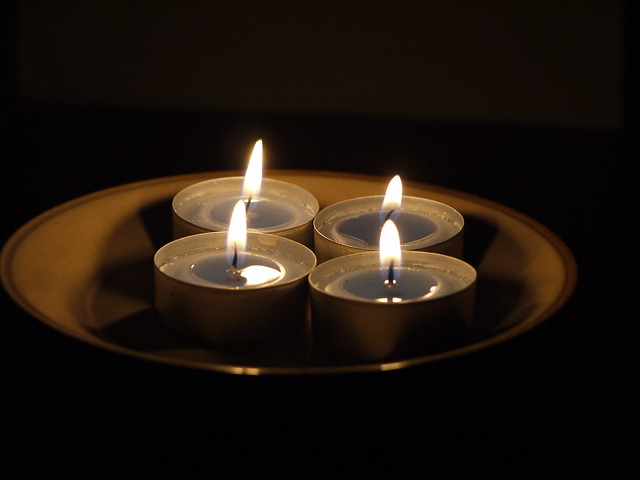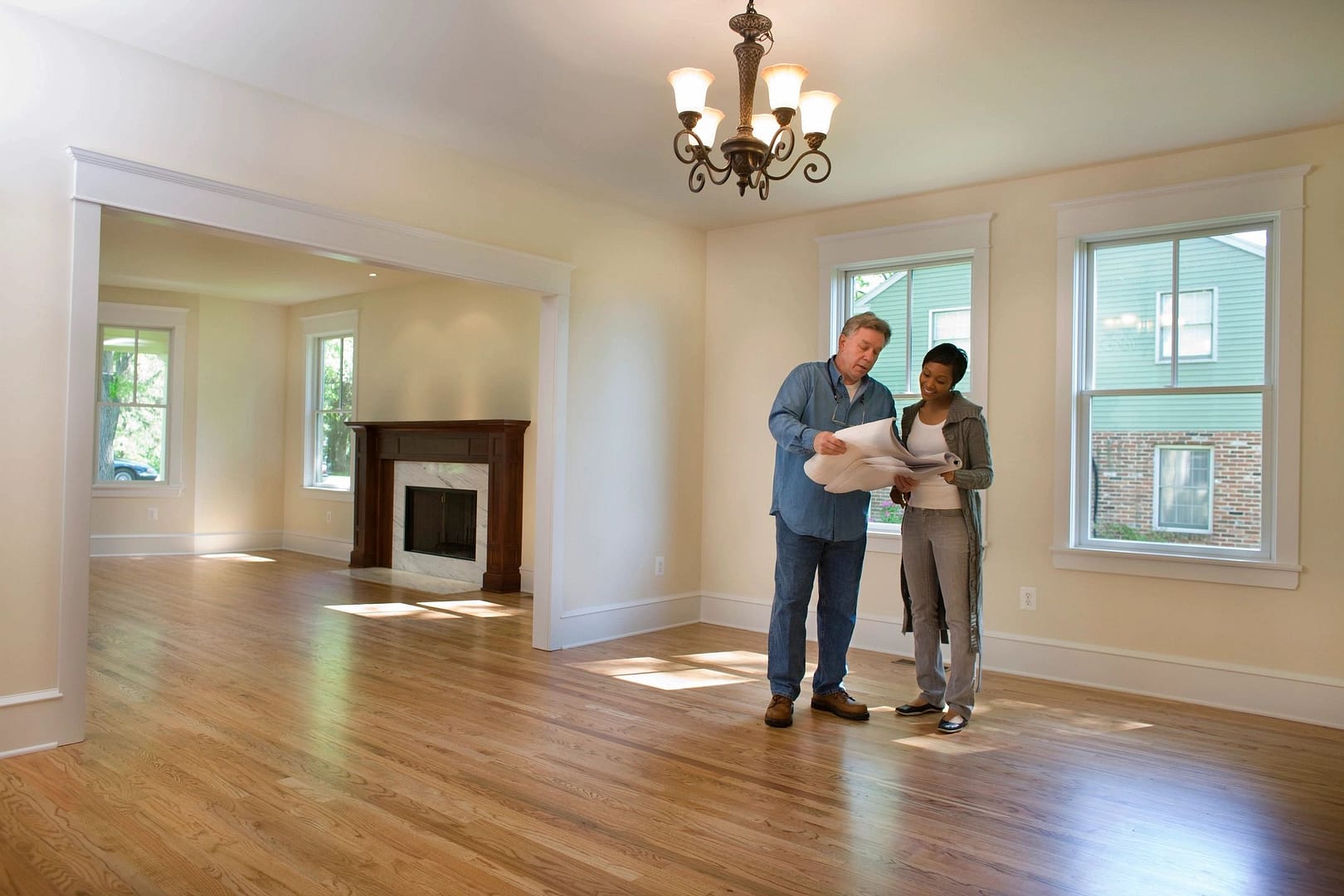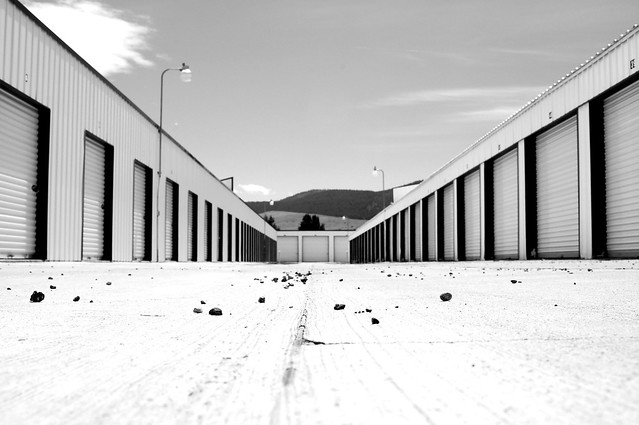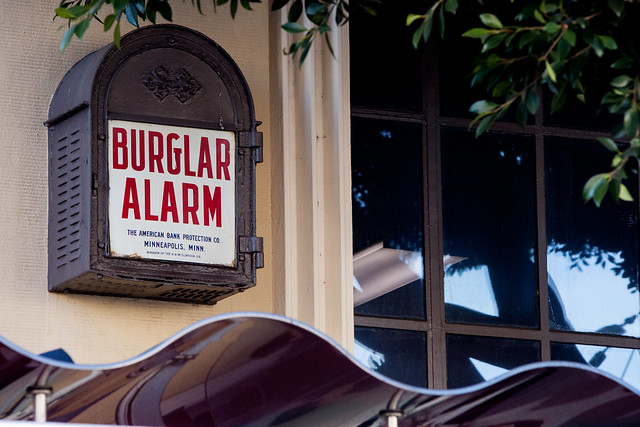Lighting your home is not as easy as it might sound. It’s not simply a case of screwing in a few bulbs and fitting a couple of LEDs. If you’re going to doing it properly and bring out the best in your abode, you need to consider a few crucial factors.
You want to bring out the best qualities of your living room, bathroom, dining room and bedrooms, right? Well, in that case, there are few mistakes you need to be aware of when it comes to bringing a touch of illumination to your home – so you don’t end up making any of these lighting faux pas yourself.
Over-Use Of Recessed Downlights
One of the most common errors made with home lighting is installing recessed downlights (or ‘can lights’, as they’re also called) everywhere. People very often assume that laying out lots of downlights in a grid formation provides the maximum light and looks ‘modern’, neither of which is true.
Firstly, the modern look is all about minimalism so it’s better to have a few well-placed lights than lots of them thrown across your entire ceiling. Then there’s the simple fact that downlights don’t actually emit that much light!
Furthermore, downlights usual don’t provide sufficient light on vertical surfaces, which is where the eye normally perceives light. An array of downlights can, in fact, waste almost half your wattage and still leave the area insufficiently lit and in a certain amount of darkness.
Over-Use Of Task Lights
There are plenty of better ways to light the kitchen or bathroom than by fitting them with a horde of task lights. Fluorescent , xenon or LED task lights under cabinets and at the sides of mirrors provide plenty of light, but use too many and the space will start to look clinical.
Instead of putting task lighting on every available surface, think about how you use the kitchen or bathroom – do you always chop food right next to the hob for example? Add task lighting here. Do you actually apply your makeup in your bedroom rather than the bathroom? Then there’s no task lighting needed above the bathroom mirror!
Insufficient Dimming
Another common lighting mistake is to use incandescent or halogen sources without dimming. ‘Green’ lighting options such as LED may be all the rage but incandescent is still a viable part of lighting in a residence, provided it is dimmable. By dimming, you decrease energy and heat output and also lengthen the lamp life.

Using Light as Decoration
When it comes to home lighting, you should always think about light as an actual dimension, imagining the distribution and output of lights from each fixture, as well as other aspects such as the colour light that will shine out, be it bright white, mellow yellow or something in between.
Decorating with light fixtures such as that ‘pretty lamp’ can often result in a waste of energy and ultimately a darker, less well-lit room. If you’re stuck for ideas you might want to consider consulting a lighting designer who may be able to give you some useful hints as to how you can make the most of your living space through a more considered use of light, which could also result in you saving energy and money.
Not Using a Combination
Different rooms and different spaces within a room require different types of light. Ambient lighting is the general light in a room that sets the ‘mood’ – and stops you tripping over things! Task lighting provides a focused, defined light for things such as shaving or reading. Accent lighting is usually used to highlight architectural features, artwork, ceramics or paintings you want to show off.
Don’t just use one type of light but a combination of all three (and each in the right place) as this gives you a greater depth and dynamic of light sources, provides greater functionality and above all is more aesthetically pleasing.
These are just a few common lighting mistakes made in the home, but I’m sure there are plenty more – like using skylights in places that don’t get natural light! Have you experienced any of your own lighting faux pas and what have you done to rectify them?








